 When doing an autobiographical comic — a memoir, a travelogue, whatever — one problem to consider is how the people around you feel about appearing in your comic, especially if it’s getting published! This week Tim talks with Lucy Knisley — author of many such comics, including An Age of License — about this problem, as well as doing art for a living without losing the joy, getting career advice from Lynda Barry, and much more.
When doing an autobiographical comic — a memoir, a travelogue, whatever — one problem to consider is how the people around you feel about appearing in your comic, especially if it’s getting published! This week Tim talks with Lucy Knisley — author of many such comics, including An Age of License — about this problem, as well as doing art for a living without losing the joy, getting career advice from Lynda Barry, and much more.
Podcast: Play in new window | Download

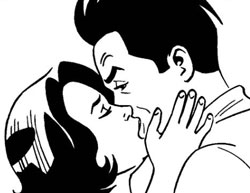 Did you think Love & Rockets was over?! Gilbert and Jaime Hernandez continue to release new work about once a year, and in this episode Kumar and Matt sit down and discuss some of it, with particular attention paid to Jaime’s The Love Bunglers. (Spoiler warning!)
Did you think Love & Rockets was over?! Gilbert and Jaime Hernandez continue to release new work about once a year, and in this episode Kumar and Matt sit down and discuss some of it, with particular attention paid to Jaime’s The Love Bunglers. (Spoiler warning!)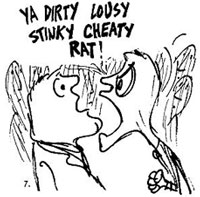
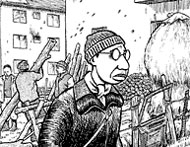 Joe Sacco is surely THE trailblazer in the area of using comics as a medium for journalism; his work reads like a documentary film, or a remote report on the evening news. At his best, such as in Safe Area Gorazde, he not only gets you much more emotionally involved than the evening news ever could, he takes advantage of the medium to communicate in ways that video can’t. At the same time, he pulls back the curtain on how the presence of a journalist affects the actions of those around him.
Joe Sacco is surely THE trailblazer in the area of using comics as a medium for journalism; his work reads like a documentary film, or a remote report on the evening news. At his best, such as in Safe Area Gorazde, he not only gets you much more emotionally involved than the evening news ever could, he takes advantage of the medium to communicate in ways that video can’t. At the same time, he pulls back the curtain on how the presence of a journalist affects the actions of those around him.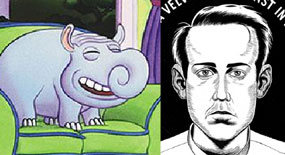

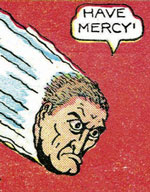

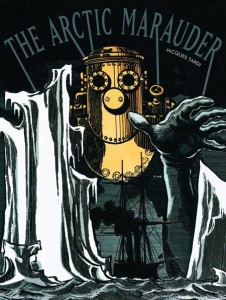
 In episode #300, we took a look at the sometimes wacky and cartoony Love & Rockets work of Jaime Hernandez. This week, Tim and Kumar are again joined by
In episode #300, we took a look at the sometimes wacky and cartoony Love & Rockets work of Jaime Hernandez. This week, Tim and Kumar are again joined by